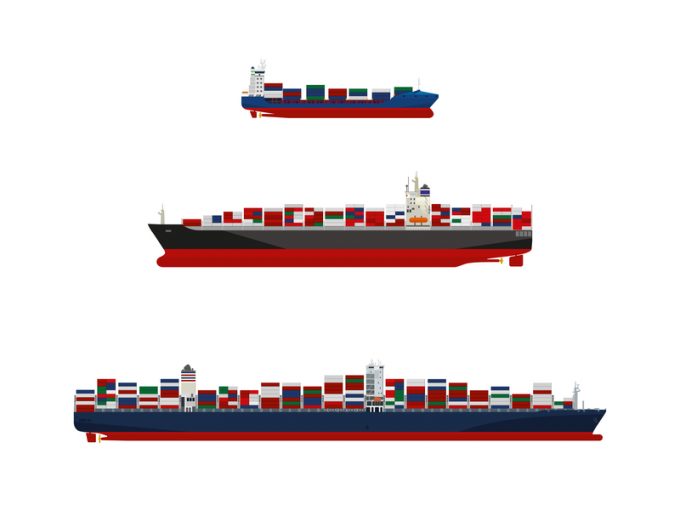Box ship diversions due to Red Sea crisis having dramatic impact on emissions
The Saudi Arabian hub port of Jeddah is reporting a two-thirds drop in calls from ...

High capacity and low demand will leave ocean carriers on Asia-North Europe routes in a tight spot, with analysts suggesting even mild growth would seem a major victory.
Drewry said that, with demand remaining low, carriers were likely set to face the same challenges as last year, in absorbing new big ships into the trade.
“The average size of containership deployed increased by approximately 6% from the start to end of 2018, to reach 15,000 teu,” it said.
“That average will rise again this year, as there is around 460,000 teu of ULCVs scheduled for delivery.”
The shipping consultancy suggested the only way to counter the rate-depressing impact of newbuild ships would be to “think outside the box”. In particular, it warned them not to put all of these new big ships on their Asia-North Europe routes, but rather phase them into new lanes.
“Faced with moribund demand, carriers had to get creative last year to prop up headhaul utilisation and rates, withdrawing 2M’s AE2/Swan service and blanked voyages,” it said.
“The 2M service is now back, but carriers have persisted with missed sailings in early 2019, with 10 counted in January and 13 in February, sums broadly the same as occurred in 2018.”
Drewry’s focus on limiting capacity on North European imports from Asia follows a weak year, with a “meagre” 1.5% uplift in demand per data from Container Trade Statistics.
Westbound increases were also minimal, even falling short of Drewry’s forecast growth of 1.8% after a difficult fourth quarter.
“This was sufficient to lift westbound trade over 10m teu for the first time, but the weak growth was in line with a long run of poor returns for carriers this decade,” it added.
“Since 2011, the compound annual growth rate of the westbound Asia-North Europe trade is a miserable 1.3%.
“Which looks worse when considering the huge capital investment made to upgrade the route with ULCVs of 18,000 teu and above.”
Comment on this article